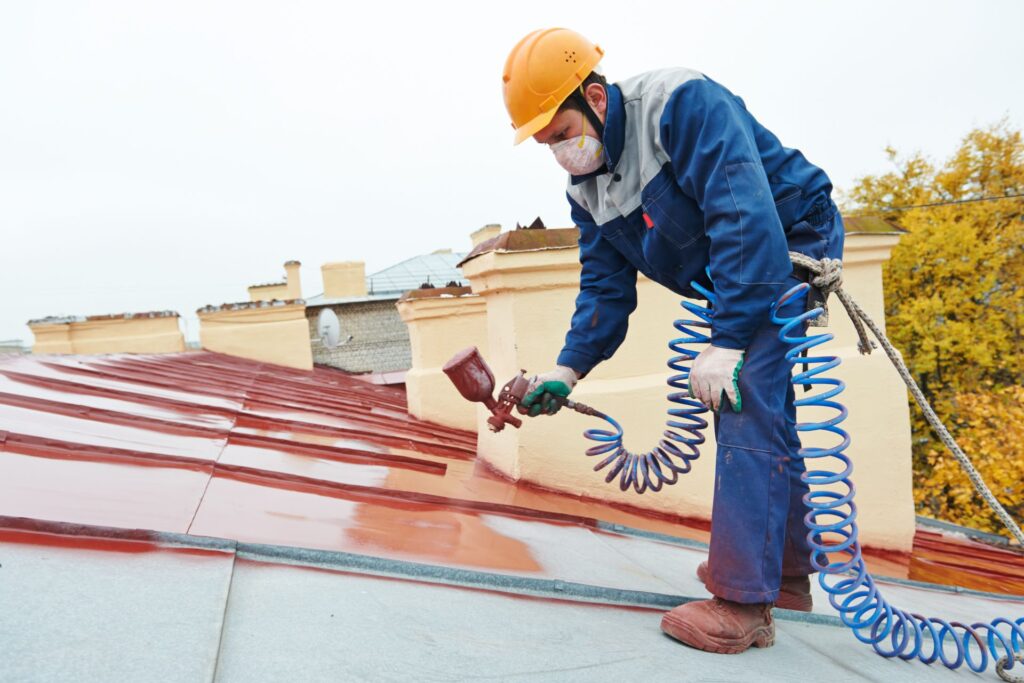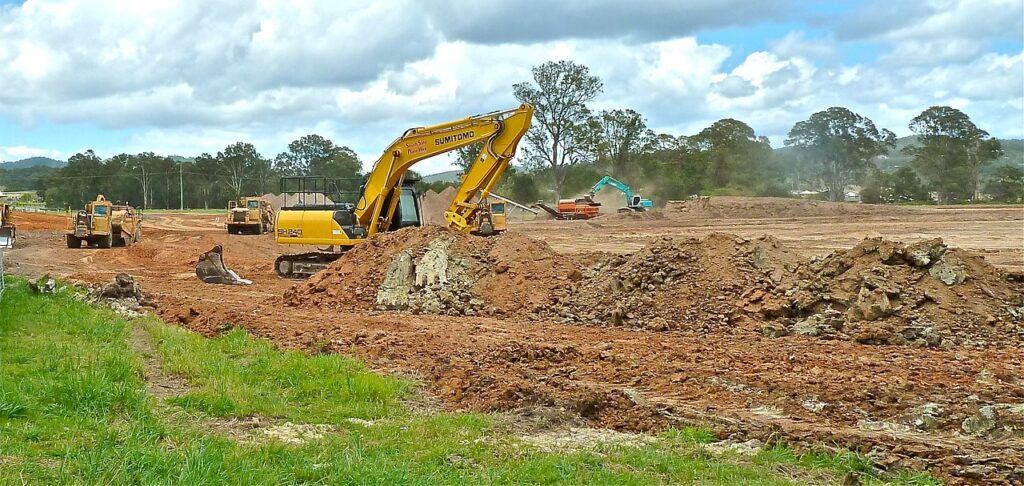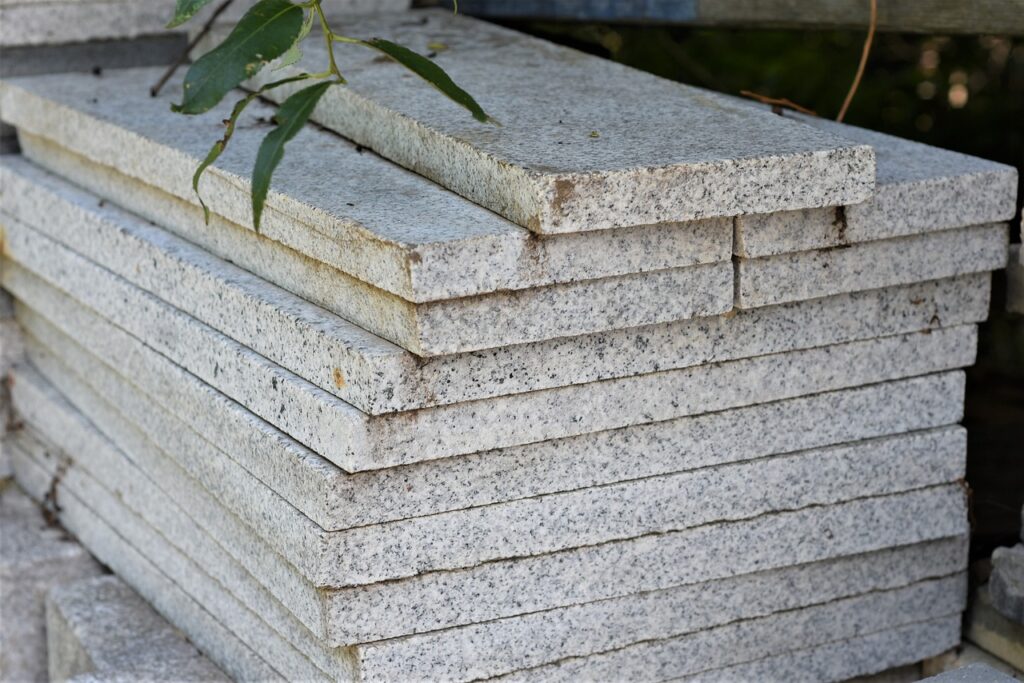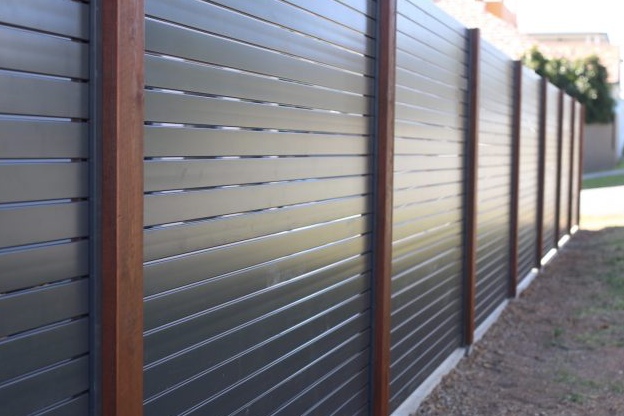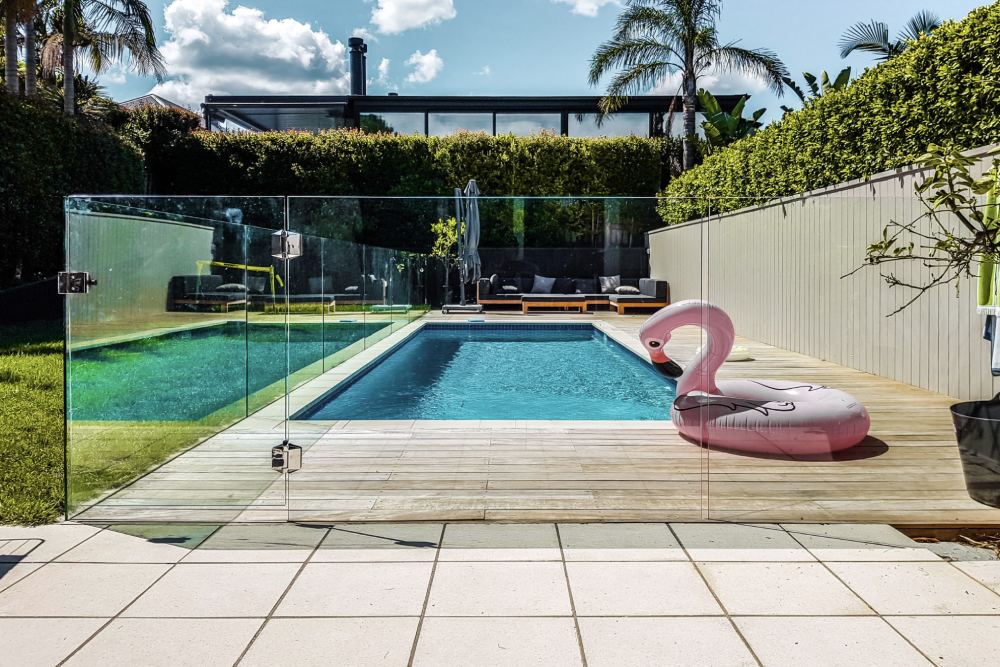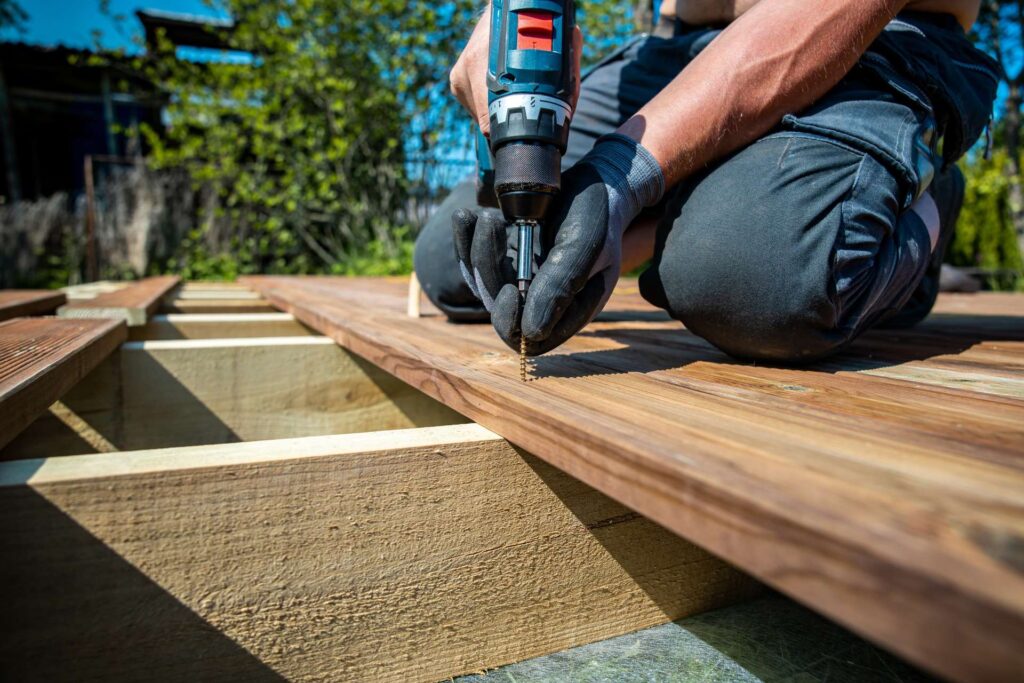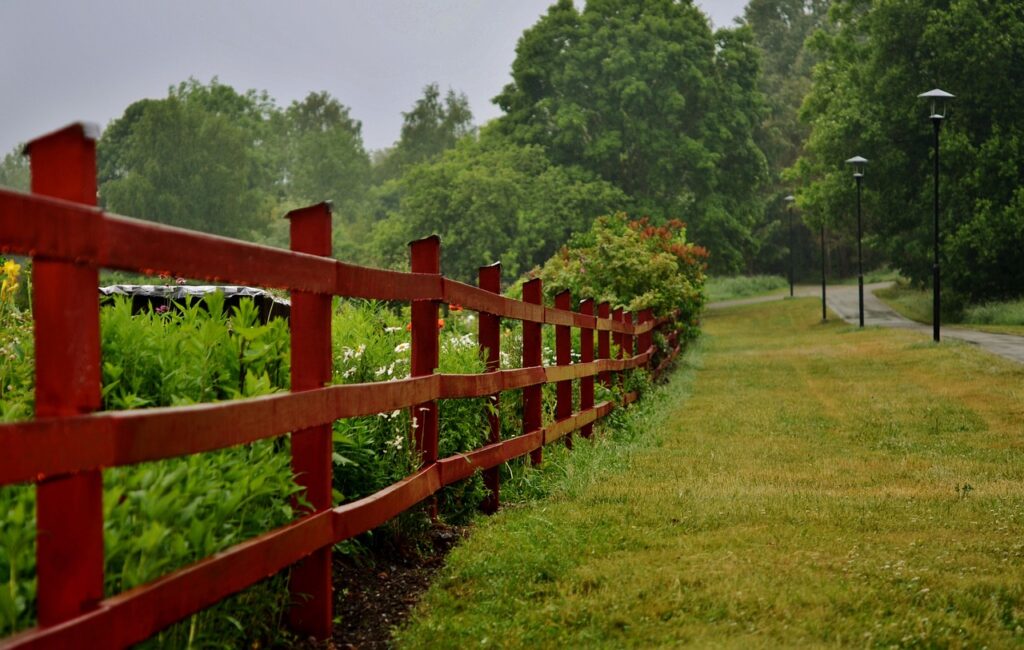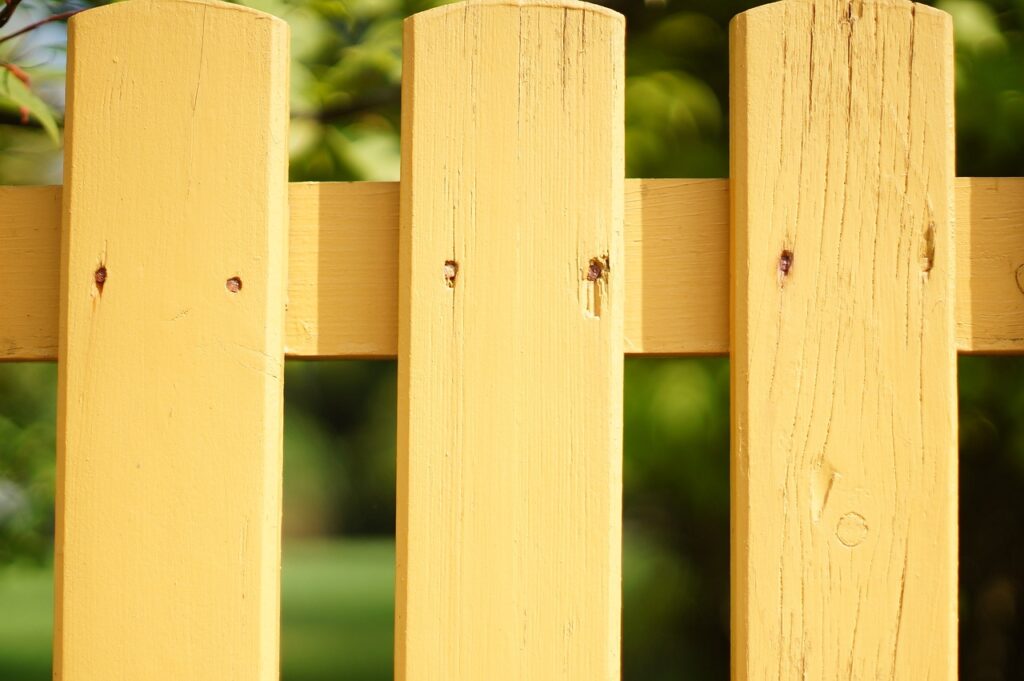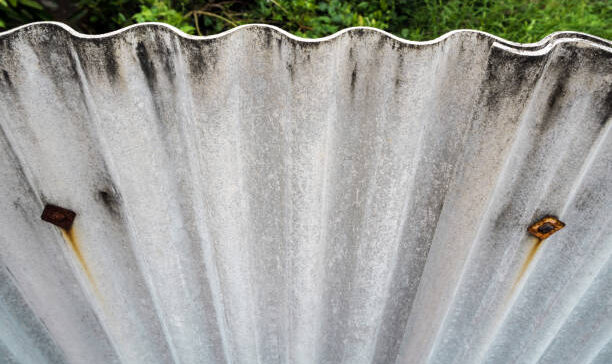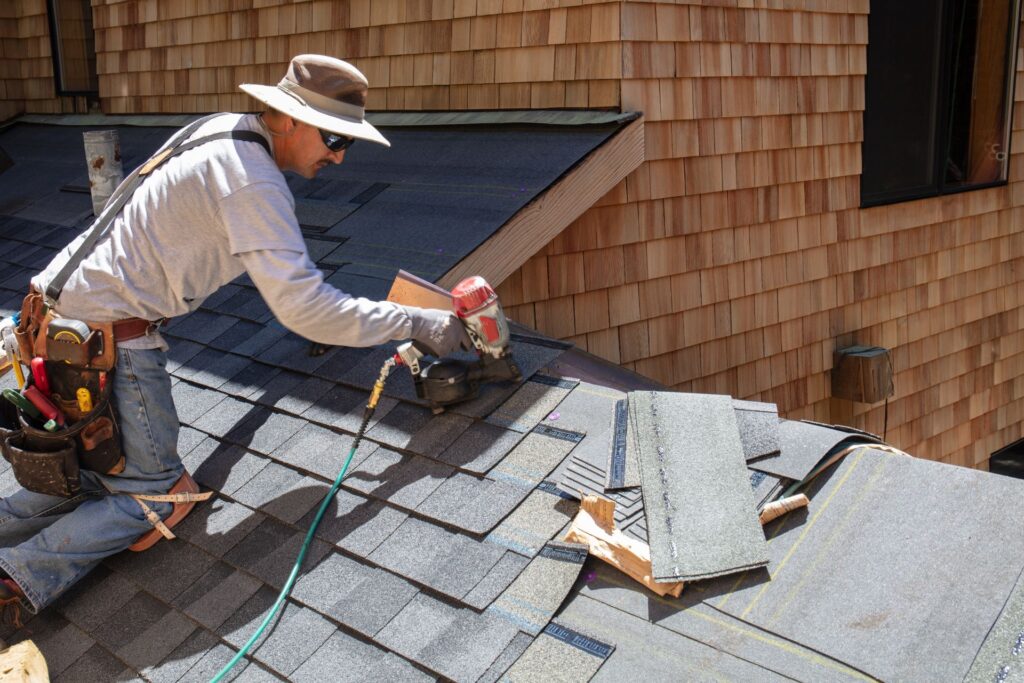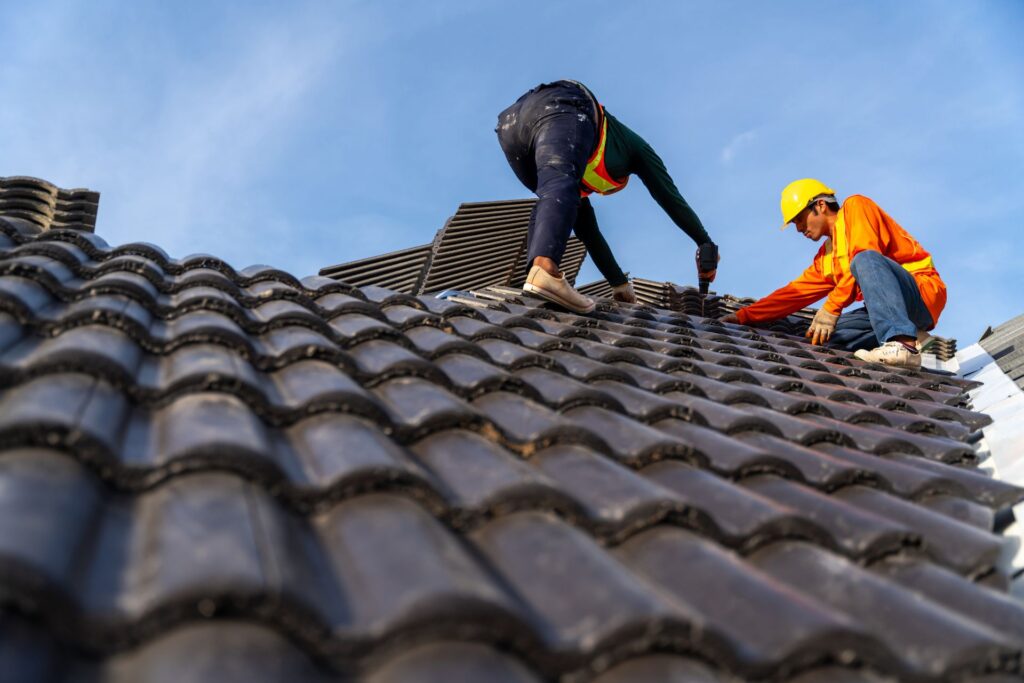Welcome to the ultimate guide on the cost of painting a roof in New Zealand. Whether you’re a homeowner looking to enhance your property’s curb appeal, a property manager aiming to maintain the integrity of your buildings, or simply a DIY enthusiast curious about the potential costs involved, you’ve come to the right place. Roof painting is an essential aspect of home maintenance that goes beyond just improving the aesthetic appeal of your house—it can also significantly extend the lifespan of your roof, protect it from harsh weather conditions, and even increase your property’s value.
However, determining the cost of such a project can be a complex affair, with a myriad of factors influencing the final price. In this guide, we aim to demystify these factors, offering comprehensive insights into everything you need to know about the costs associated with painting a roof in NZ. From the type of paint to the size of your roof, from preparation work to the contractor you choose, we’ll cover it all in detail, ensuring you’re well-informed and prepared to make the best decisions for your roofing project.
The cost of painting a roof in New Zealand can vary widely, typically ranging from $2,000 to $7,000. This cost is influenced by several factors including the size and type of your roof, the quality and type of paint used, necessary preparation work, and the accessibility and slope of your roof. Opting for professional services ensures safety and quality, though DIY projects may save on labor costs. High-quality paint and thorough prep work can extend the life of your paint job, making it a worthwhile investment for protecting and enhancing the value of your property. Regular maintenance and choosing the right time of year for painting are key to maximizing your investment.
- Why Paint Your Roof?
- Factors Influencing The Cost Of Painting A Roof In NZ
- Average Costs And Pricing Models
- Choosing The Right Paint For Your Roof
- DIY VS. Professional Roof Painting
- Maximizing Your Investment
- Common Mistakes To Avoid
- FAQs: About Roof Painting Costs In NZ
- Conclusion
- Find A Professional Painter Near You!
Why Paint Your Roof?
When it comes to home maintenance, the roof often gets overlooked. Yet, it’s one of the most crucial elements of your home, protecting you from the elements and contributing to the overall aesthetic and value of your property. Painting your roof is more than just an aesthetic upgrade; it’s a vital maintenance task that can extend the lifespan of your roof, enhance your home’s curb appeal, and even increase your property value. Let’s delve into the reasons why painting your roof is a smart investment for your home.
Durability and Longevity
The primary benefit of painting your roof lies in the added protection it provides. Roofs are constantly exposed to harsh weather conditions, from scorching sun and pouring rain to strong winds and sometimes even snow. Over time, these elements can wear down roofing materials, leading to leaks, damage, and a decrease in roof life.
Applying a fresh coat of paint designed specifically for roofing can act as a shield, protecting your roof from UV rays, moisture, and temperature fluctuations. This protective layer can prevent the roofing material from deteriorating prematurely, thereby extending the lifespan of your roof. Additionally, certain types of roof paint have reflective properties, which can help in reducing heat absorption and potentially lowering cooling costs during hot months.
Aesthetics
Beyond practical benefits, painting your roof can significantly enhance the visual appeal of your home. A faded or worn-out roof can detract from your home’s overall appearance, making it look aged and neglected. A fresh coat of paint can revitalize your roof, giving it a clean, new look that enhances the aesthetic appeal of your entire property.
Choosing the right color and quality of paint can also allow you to customize the look of your home, making it stand out in your neighborhood or ensuring it blends harmoniously with the surrounding environment. This visual improvement is not only pleasing to the eye but can also contribute to a positive first impression, which is crucial if you’re considering selling your home.
Property Value
Investing in your home’s roof by painting it can have a direct impact on your property’s value. A well-maintained roof is a key factor that prospective buyers consider when evaluating a home. A freshly painted roof, free from visible damage or wear, signals to buyers that the home has been well cared for, potentially making your property more attractive in the competitive real estate market.
Moreover, the added durability and aesthetic appeal can translate into a higher property valuation. Homes with roofs in excellent condition often fetch higher prices than those with outdated or damaged roofs. By investing in roof painting, you’re not only enhancing the immediate appeal of your home but also contributing to its long-term value.
In conclusion, painting your roof is a smart maintenance strategy that offers numerous benefits. From extending the durability and longevity of your roof to improving its aesthetics and increasing your property value, the advantages are clear. Investing in this aspect of home care can save you money in the long run, prevent premature roof replacement, and ensure your home remains beautiful and valuable for years to come.

Factors Influencing The Cost Of Painting A Roof In NZ
When it comes to enhancing the curb appeal of your home, painting your roof can make a significant difference. However, homeowners in New Zealand often wonder about the cost involved in such a project. The cost of painting a roof in NZ can vary widely, depending on several key factors. Understanding these can help you budget more effectively and make informed decisions. Let’s dive into these factors in detail.
Roof Size and Type
The size of your roof is one of the most straightforward factors that will influence the overall cost of painting. Simply put, larger roofs require more paint and more hours of labor, which will increase the cost. But it’s not just size that matters; the type of roof you have plays a crucial role too. Different materials, such as tile, metal, or concrete, can affect the price differently. For instance, painting a metal roof might be less expensive than a tile roof due to the differences in preparation work and the type of paint required for optimal adherence and durability.
Paint Quality and Type
The choice of paint can significantly impact the cost of your roofing project. High-quality paints, while more expensive upfront, can offer better durability, longer life span, and better protection against the elements. When selecting paint, it’s crucial to consider the specific needs of your roofing material. Acrylic and elastomeric paints are popular choices, with elastomeric paint offering exceptional waterproofing qualities ideal for New Zealand’s varied climate. The type of paint you choose will not only affect the initial cost but also the long-term maintenance and potential cost savings through energy efficiency and reduced wear and tear.
Preparation Work
The condition of your roof before painting begins can also affect the cost. Preparation work might include cleaning, repairing cracks or damage, and applying a primer. This prep work is crucial for ensuring that the paint adheres properly and lasts longer. Neglecting these steps can lead to increased costs down the line due to premature paint failure. The extent of the necessary prep work will depend on the current condition of your roof, which means costs can vary significantly from one project to another.
Accessibility and Slope
The ease of access and the slope of your roof can influence the painting cost. Roofs that are difficult to access or have steep slopes require additional safety measures and equipment, which can increase labor costs. Furthermore, a steeper slope may slow down the work as it becomes more challenging to move and apply paint safely and effectively. These factors make the painting process more time-consuming and complex, leading to higher costs.
Location
Finally, your location within New Zealand can play a role in the cost of painting your roof. Regional price variations can be due to differences in labor costs, availability of materials, and even the local climate, which might necessitate specific paint types or additional preparation work. For example, coastal areas might require paint with higher salt resistance, which could be more expensive.
Understanding these factors can help New Zealand homeowners make better decisions when it comes to painting their roofs. It’s not just about finding the lowest price; it’s about understanding what contributes to the cost and how to achieve the best value and longevity from your roofing project. Always consider consulting with professional roof painters who can provide you with a detailed quote tailored to your specific needs and circumstances.

Average Costs And Pricing Models
In the vibrant landscapes of New Zealand, maintaining the aesthetic and functional integrity of your roof through painting is a common practice. Whether you’re looking to enhance your home’s curb appeal, extend the lifespan of your roof, or simply give your property a fresh look, understanding the financial aspects of roof painting is crucial. In this comprehensive guide, we’ll explore the average costs involved, compare different pricing models, and highlight potential additional expenses you should be aware of.
Breakdown of Average Costs for Roof Painting in NZ
When considering a roof painting project in New Zealand, the first question that pops into mind is, “How much is this going to cost me?” The answer, though variable, can be approached by looking at the average costs. Typically, the cost of painting a roof in NZ ranges widely depending on various factors such as the type of paint used, the size and type of your roof, and the complexity of the job.
On average, homeowners can expect to spend anywhere from $2,000 to $7,000 for a standard roof painting job. This range accounts for a majority of residential projects, covering the cost of materials and labor. Premium paints or coatings designed for specific roofing materials like metal or tiles can push the higher end of this range upwards, especially for larger or more complex roofs.
Per Square Metre vs. Fixed Rate Pricing Models
Roof painting contractors in New Zealand typically offer two main pricing models: per square metre and fixed rate. Each model has its own set of advantages and is suitable for different types of projects.
Per Square Metre: This model charges based on the total area of the roof. Prices can vary significantly, usually falling between $20 to $35 per square metre. This model is transparent and directly correlates the cost with the size of your roof, making it easier to estimate the price for larger or uniquely shaped roofs.
Fixed Rate: Under this model, contractors provide a single, all-encompassing quote for the entire project. This rate is determined after assessing the scope of the job, including the size of the roof, the type of paint or coating required, and any specific challenges the project may entail. Fixed rate pricing is beneficial for homeowners looking for cost certainty, as it ensures the total cost is agreed upon upfront, regardless of unforeseen complexities that may arise.
Additional Costs to Consider
Beyond the base cost of painting, several additional expenses might impact the overall budget of your roof painting project:
Scaffolding: If your roof is particularly high or difficult to access, the need for scaffolding can add a significant amount to the total cost. Scaffolding provides a safe platform for painters but comes with rental and setup fees.
Extensive Repairs: Before painting can commence, any damage or wear on the roof such as leaks, broken tiles, or rust must be addressed. Repair work will add to the overall cost and is crucial for ensuring the longevity of the paint job.
Special Coatings: Some roofs may require special coatings for extra protection against the elements or to reflect heat. These coatings are typically more expensive than standard roof paints.
Understanding the costs and pricing models for roof painting in New Zealand is essential for planning your project and budgeting effectively. By considering the average expenses, the type of pricing model that suits your needs, and any additional costs, you can make informed decisions and ensure a smooth, successful roof painting experience.
In summary, roof painting is a worthwhile investment for NZ homeowners seeking to protect and beautify their homes. With careful planning and an understanding of the financial implications, you can achieve a stunning result that enhances your home’s value and appeal.

Choosing The Right Paint For Your Roof
When it comes to maintaining and enhancing the appearance of your home, selecting the right paint for your roof is a decision that goes beyond mere color preference. The right choice can extend the life of your roof, improve energy efficiency, and increase the overall value of your property. In this detailed guide, we’ll walk you through the essential considerations in choosing the perfect paint for your roof, including the types of roof paint, color considerations, and the importance of quality and warranty.
Types of Roof Paint: Finding the Perfect Match for Your Roof Material
The first step in choosing the right paint for your roof is understanding the types of roof paint available and which is best suited for your roof material. Roof paints are formulated differently to cater to various roofing materials such as metal, asphalt shingles, concrete tiles, and wood.
Metal Roofs: For metal roofs, look for paints that offer rust prevention and heat reflection. Acrylic-based paints are popular for their durability and ability to reflect sunlight, reducing cooling costs in warmer climates.
Asphalt Shingles: Reflective coatings are available for asphalt shingles, helping to extend their life and improve energy efficiency. However, it’s important to choose products designed specifically for asphalt to avoid damaging the shingles.
Concrete Tiles: Concrete tile roofs benefit from elastomeric paint, which provides a waterproof coating that also reflects heat. This type of paint is flexible and can help prevent cracks.
Wood Roofs: For wood roofs, choose paints that offer UV protection and water resistance to protect against rot and fading.
Each roofing material has specific needs, and using the wrong type of paint can lead to damage or a less effective coating. It’s also worth consulting with a professional to get recommendations based on your specific roof type and local climate conditions.
Color Considerations: Impact on Heat Retention and Aesthetics
The color of your roof paint plays a significant role in both the aesthetics of your home and its energy efficiency. Lighter colors reflect more sunlight, which can significantly reduce cooling costs in hot climates by minimizing heat retention. On the other hand, darker colors may be preferred in cooler climates as they can help retain heat. Beyond temperature considerations, color choice should complement the overall look of your home and landscape. Trending roof paint colors include various shades of grey, blue, and terracotta, which can enhance the architectural style of your home while providing functional benefits.
Quality and Warranty: Investing in Longevity
Investing in high-quality roof paint is crucial for ensuring the longevity and durability of your roof. High-quality paints offer better adhesion, color retention, and resistance to harsh weather conditions, ultimately protecting your roof for a longer period. Moreover, choosing a product with a solid warranty can provide peace of mind, knowing that your investment is protected against premature failure or defects.
When selecting roof paint, consider products from reputable manufacturers that come with a warranty. This not only signifies the confidence of the manufacturer in their product but also assures you of assistance in the unlikely event of a product failure.
In conclusion, choosing the right paint for your roof is a critical decision that requires careful consideration of the paint type, color, quality, and warranty. By taking the time to select the right paint, you can protect your roof, improve your home’s energy efficiency, and enhance its aesthetic appeal. Remember to consult with professionals to make an informed choice that meets your specific needs and local climate conditions.
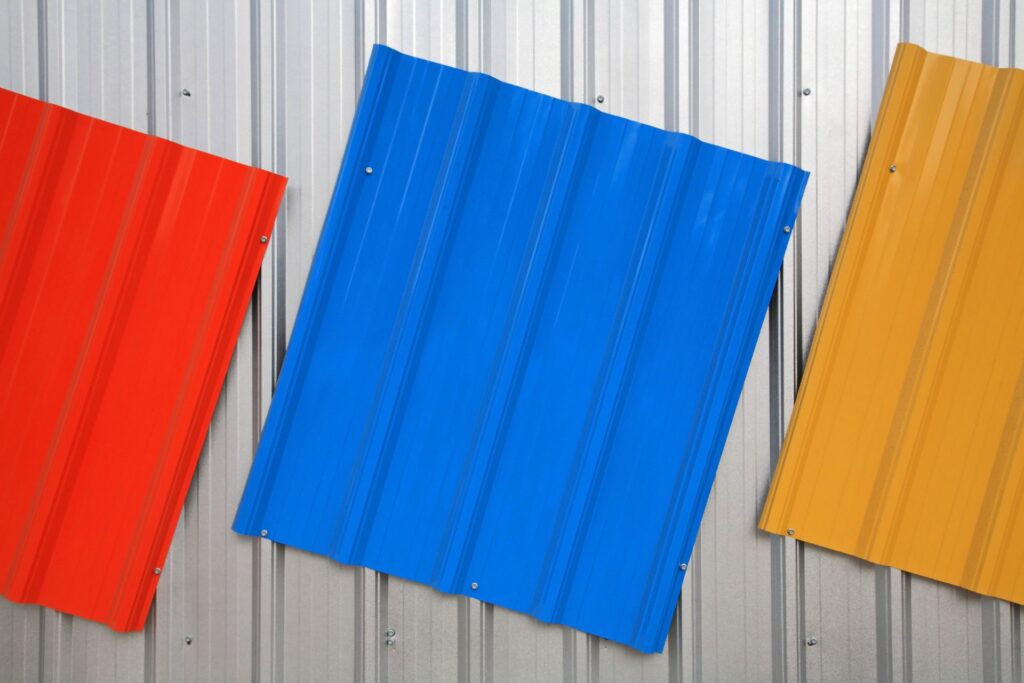
DIY VS. Professional Roof Painting
In the quest to refresh the look of your home, painting your roof can be a transformative step. However, when it comes to executing this task, homeowners are often caught in a dilemma: should they take on the project themselves (DIY) or hire professional roof painters? Section 5 dives deep into the comparison between DIY and professional roof painting, offering a comprehensive analysis to help you make an informed decision.
DIY Considerations
Pros:
Cost Savings: One of the most compelling reasons to consider a DIY roof painting project is the potential for cost savings. By taking on the labor yourself, you can significantly reduce the overall expense, as you’ll only need to cover the cost of materials.
Personal Satisfaction: There’s a unique sense of achievement and personal satisfaction that comes from completing a home improvement project with your own hands. DIY roof painting can be a rewarding experience, offering a tangible result of your hard work and dedication.
Cons:
Safety Risks: Roof painting involves working at heights, which comes with inherent safety risks. Without the proper equipment, training, and safety measures, you could be putting yourself in danger.
Quality Concerns: Professional roof painters possess the expertise, tools, and materials to ensure a high-quality finish. DIY enthusiasts may struggle to achieve the same level of quality, potentially leading to uneven application or the need for frequent touch-ups.
Time Investment: Painting a roof is a time-consuming task. It requires thorough preparation, including cleaning and priming, before you even begin painting. Underestimating the time and effort required can lead to rushed work and disappointing results.
Hiring Professionals
Benefits:
Safety: Professional roof painters are equipped with the necessary safety gear and are trained to work at heights safely. Hiring professionals minimizes the risk of accidents and injuries.
High-Quality Results: Thanks to their expertise and access to high-quality paints and equipment, professionals can deliver a superior finish that not only looks great but also lasts longer, offering better protection for your roof.
Warranty and Assurance: Many professional painting services come with a warranty, providing peace of mind that if anything goes wrong, the issue will be addressed without additional costs to you.
How to Choose a Contractor
Selecting the right contractor is crucial to ensure the success of your roof painting project. Here are some tips to help you find a reliable and experienced professional:
Check Credentials: Look for licensed, insured, and bonded contractors. This protects you in case of accidents or damage to your property.
Read Reviews and Ask for References: Online reviews and testimonials can provide insights into a contractor’s reputation. Additionally, asking for references and speaking directly to past clients can offer a deeper understanding of their work quality and professionalism.
Get Multiple Quotes: Don’t settle for the first estimate you receive. Request quotes from several contractors to compare prices, timelines, and the scope of services offered.
Ask About Materials and Techniques: Inquire about the types of paints and materials they use, as well as their approach to safety and project execution. This can help you gauge their expertise and commitment to quality.
Look for Experience: Experience matters, especially in specialized tasks like roof painting. Opt for contractors who have a proven track record of completed projects similar to yours.
Choosing between DIY and hiring professionals for roof painting depends on your budget, skills, and willingness to take risks. While the DIY route can be more cost-effective, it requires a significant time commitment and carries safety risks. On the other hand, hiring professionals offers peace of mind, safety, and high-quality results, albeit at a higher cost. Carefully consider these factors and follow our tips for choosing a reliable contractor to ensure your roof painting project is a success.

Maximizing Your Investment
When it comes to maintaining your home, the roof is often overlooked, yet it plays a crucial role in protecting your property. Painting your roof not only enhances its aesthetic appeal but also serves as a protective layer against the elements. To ensure you get the most out of your investment, it’s essential to consider maintenance tips, the best timing and weather conditions for painting, and the significance of warranty and insurance. This guide delves into these aspects to help homeowners in New Zealand make informed decisions about their roof painting projects.
Maintenance Tips for a Long-Lasting Painted Roof
Ensuring the longevity of your painted roof begins with proper maintenance. Regular inspections are crucial for identifying any issues such as cracks, leaks, or peeling paint before they escalate. Here are practical tips to extend the life of your painted roof:
Regular Cleaning: Keep your roof free of debris, moss, and lichen. Use a soft brush or a low-pressure water blast to gently clean the surface without damaging the paint.
Prompt Repairs: Address any damage or wear and tear immediately to prevent moisture ingress and further deterioration.
Quality Paint: Invest in high-quality roof paint that is suited for New Zealand’s climate. Look for products with UV protection and waterproofing properties to enhance durability.
Professional Inspection: Consider having a professional roofer inspect your roof every few years. They can spot potential problems you might miss and provide expert maintenance advice.
Timing and Weather Conditions: Ideal Painting Seasons in NZ
The success of a roof painting project in New Zealand significantly depends on timing and weather conditions. The ideal time for painting is during the spring and autumn months when the weather is generally mild and stable. Here are factors to consider when planning your project:
Temperature and Humidity: Paint adheres best in moderate temperatures and low humidity. Avoid painting in extreme heat or cold, as it can cause the paint to dry too quickly or too slowly, affecting its durability.
Rain Forecast: Ensure there is no rain expected for at least 24 hours after painting. Water can wash away fresh paint or cause it to blister.
Wind Conditions: Strong winds can introduce dust and debris onto the wet paint, compromising the finish. Choose a calm day for painting.
Warranty and Insurance: Protecting Your Roof Painting Investment
Understanding the warranty and insurance coverage for your roof painting project is paramount. It provides peace of mind and protects your investment against poor workmanship or material defects. Here’s what you need to know:
Warranty on Workmanship: Reputable painting contractors offer a warranty on their workmanship. This guarantees that if any issues arise due to the quality of the work performed, they will address them at no extra cost to you.
Material Warranty: Ensure the paint and materials used come with a manufacturer’s warranty. This covers any defects in the paint itself, offering protection against premature fading, chipping, or other failures.
Insurance: Confirm that your painting contractor has liability insurance. This protects your property from any damage that might occur during the project.
In conclusion, maximizing your investment in roof painting encompasses diligent maintenance, choosing the optimal time for the project, and ensuring comprehensive warranty and insurance coverage. By adhering to these guidelines, homeowners in New Zealand can enjoy a beautiful, durable, and well-protected roof for years to come.

Common Mistakes To Avoid
In the realm of home improvement and DIY projects, achieving a professional-grade finish is often the goal. However, in the pursuit of beauty and durability, it’s easy to fall into traps that can compromise the outcome of your hard work. In this section of our comprehensive guide, we offer invaluable insights into ensuring your project’s success without cutting corners. Here’s a detailed exploration of these pitfalls and practical advice on how to steer clear of them.
Skimping on Quality: The Hidden Costs
One of the most tempting shortcuts is economizing on materials, specifically paint. Opting for cheaper, lower-quality paint might seem like a smart, cost-saving measure initially, but this decision often leads to increased long-term expenses. High-quality paint not only offers better coverage with fewer coats but also boasts superior durability. This means less frequent touch-ups and repaints, ultimately saving money and time. Moreover, premium paints often have better UV resistance and are less prone to fading, ensuring that your color choice remains vibrant and true over time. Remember, the upfront investment in quality materials pays dividends in the longevity and appearance of your finish.
Neglecting Prep Work: The Foundation of Excellence
A common oversight in DIY projects is underestimating the importance of preparation. Thorough prep work is the cornerstone of a flawless finish. This process includes cleaning, sanding, patching holes, and priming surfaces before the actual painting begins. Skipping or skimming through these steps can lead to poor paint adhesion, resulting in peeling, cracking, or blistering paint. Additionally, proper preparation ensures a smooth surface, which significantly enhances the final appearance. Investing time in prep work is non-negotiable if you aim for a professional-quality finish that stands the test of time.
Ignoring Safety: A Risk Not Worth Taking
DIY projects can be immensely satisfying, but they can also pose significant risks if safety precautions are not taken seriously. The allure of diving into a project can sometimes overshadow the importance of wearing proper safety gear, such as gloves, goggles, and masks, especially when dealing with potentially harmful substances like paint fumes or dust from sanding. Furthermore, ensuring a well-ventilated workspace is crucial to prevent the inhalation of dangerous chemicals. Ignoring these safety measures can have immediate and long-term health implications. Remember, no project is so urgent that it justifies compromising on safety.
Avoiding these common pitfalls not only ensures the success of your DIY projects but also safeguards your investment, your health, and ultimately, your satisfaction with the finished product. By investing in quality materials, dedicating ample time to prep work, and prioritizing safety, you’re laying the groundwork for results that are not only beautiful but enduring. Whether you’re a seasoned DIY enthusiast or a novice embarking on your first project, keeping these guidelines in mind will help you achieve the professional-grade finish you desire.
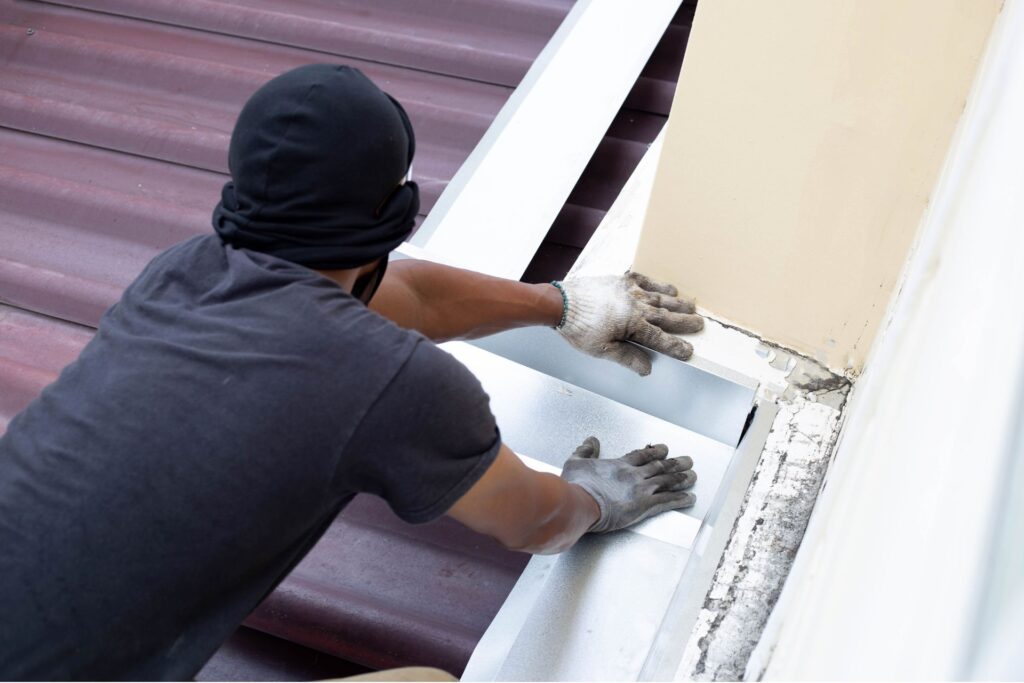
FAQs: About Roof Painting Costs In NZ
Conclusion
Wrapping up our discussion on the transformative power of roof painting, it’s essential to highlight the multifaceted benefits this investment brings to your home. Beyond merely boosting aesthetic appeal, roof painting plays a crucial role in extending the longevity of your home, shielding it against weather-related wear and tear, and enhancing energy efficiency through reflective coatings. While the upfront cost may seem daunting, the long-term savings on repairs and energy bills, coupled with the potential increase in property value, make it a wise financial decision. Encouraging homeowners to look beyond the immediate expense, this investment not only revitalizes the look of your home but also fortifies its future, making it a prudent choice for those seeking to protect and enhance their living space.
Find A Professional Painter Near You!
- Commercial Building Painters Wellington
- Exterior Painting Auckland
- Hamilton Painting Company
- House Painters Christchurch
- House Painters Wellington
- Interior Painting Auckland
About the Author:
Mike Veail is a recognized digital marketing expert with over 6 years of experience in helping tradespeople and small businesses thrive online. A former quantity surveyor, Mike combines deep industry knowledge with hands-on expertise in SEO and Google Ads. His marketing strategies are tailored to the specific needs of the trades sector, helping businesses increase visibility and generate more leads through proven, ethical methods.
Mike has successfully partnered with numerous companies, establishing a track record of delivering measurable results. His work has been featured across various platforms that showcase his expertise in lead generation and online marketing for the trades sector.
Learn more about Mike's experience and services at https://theleadguy.online or follow him on social media:

